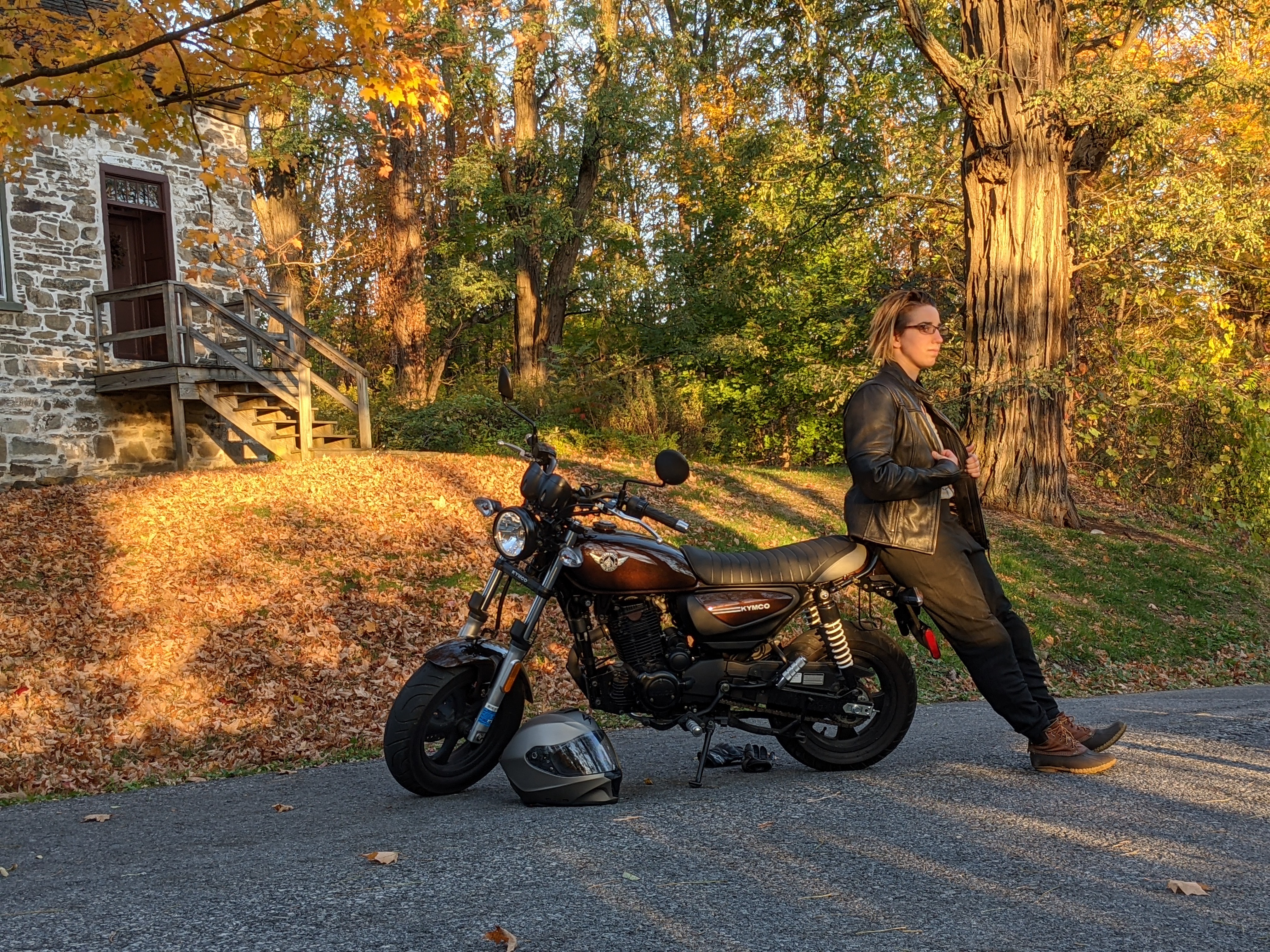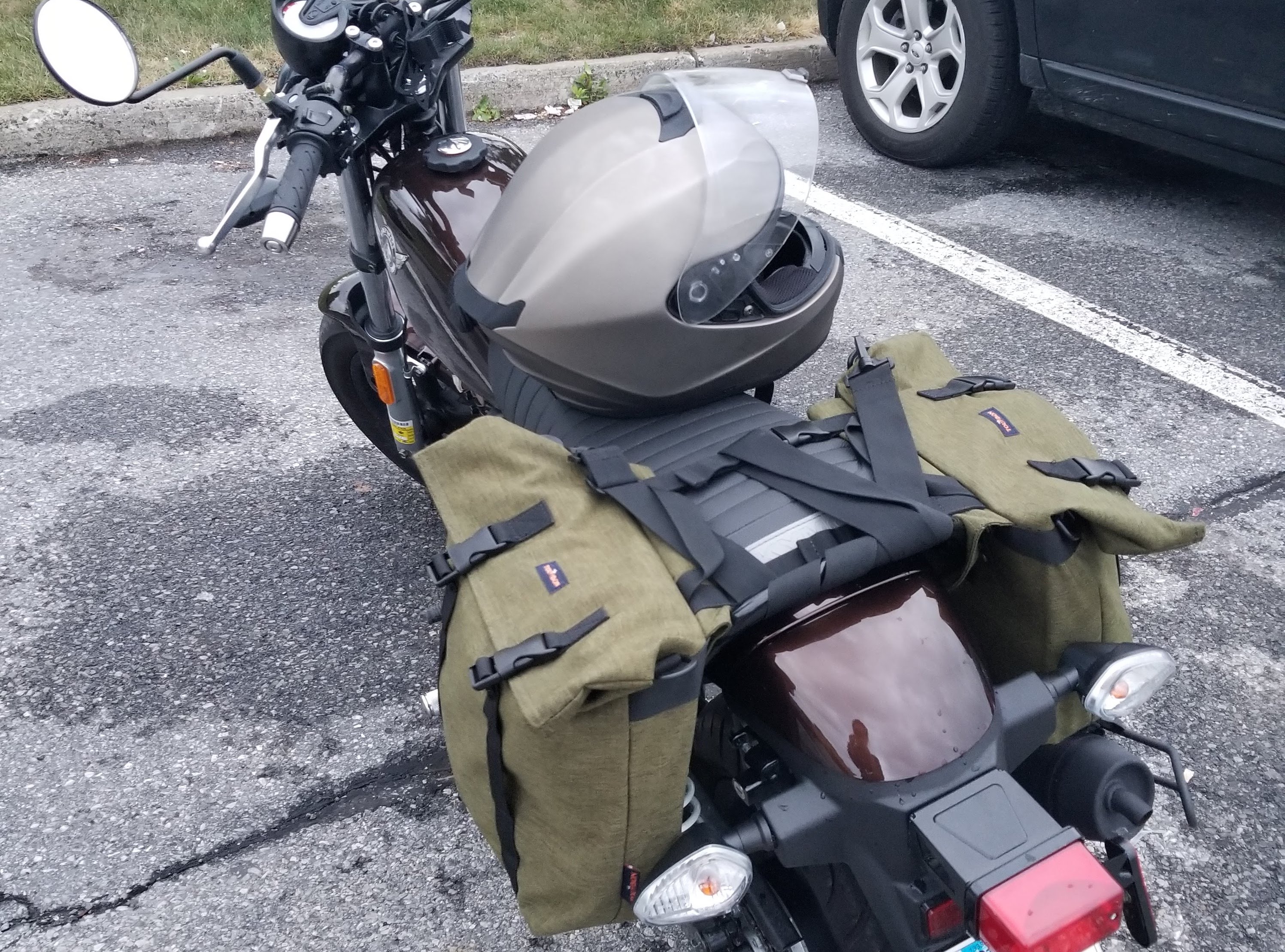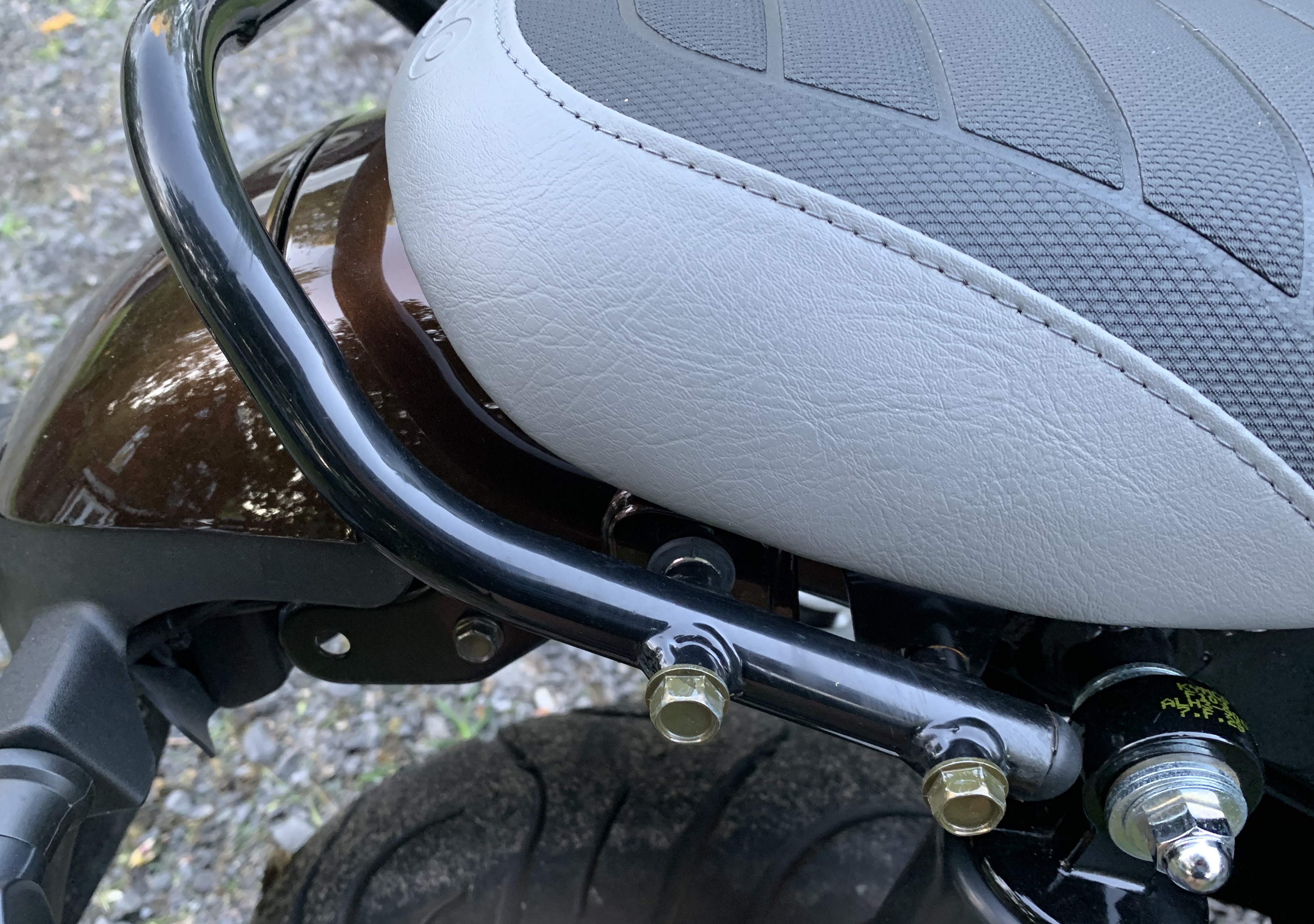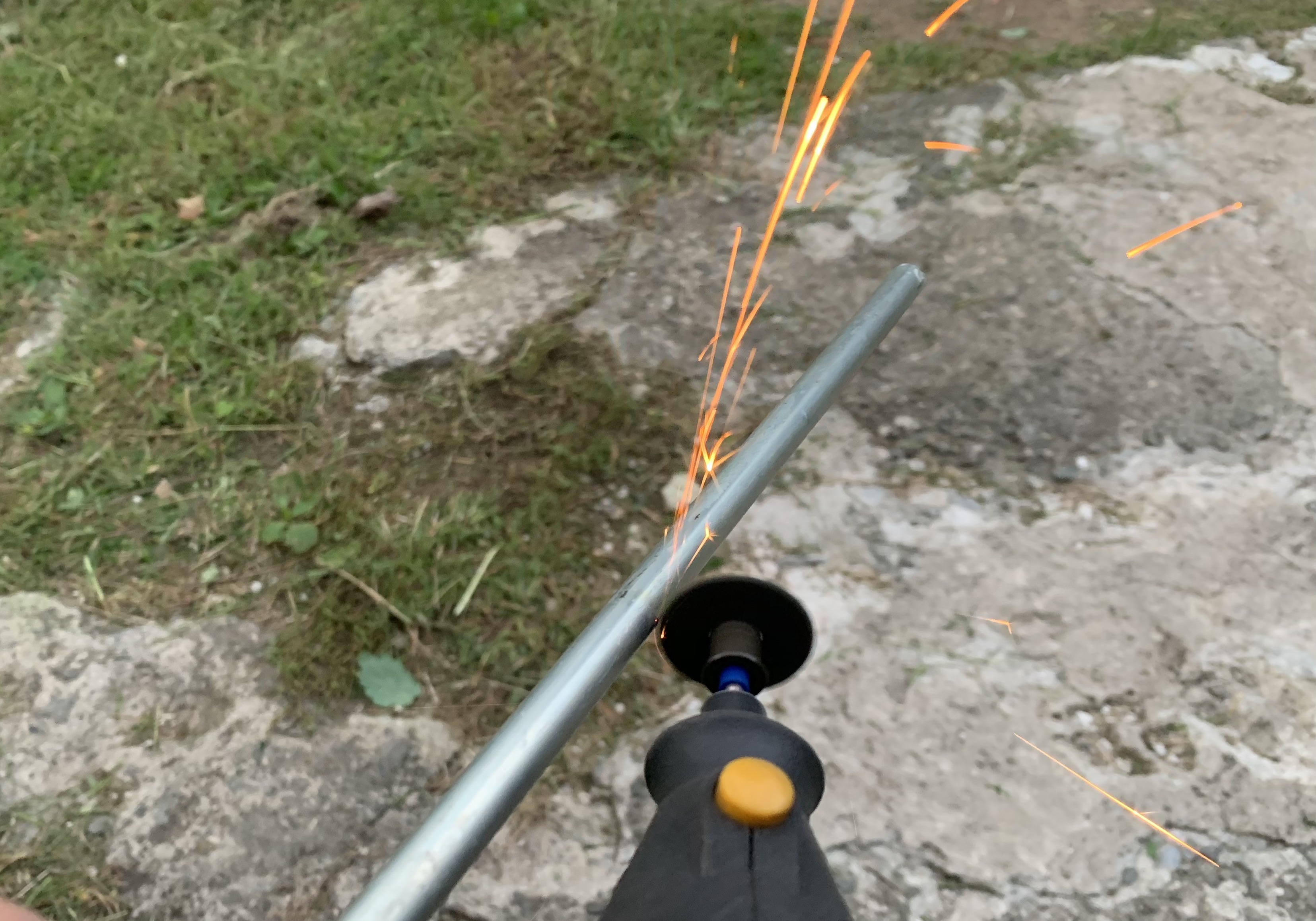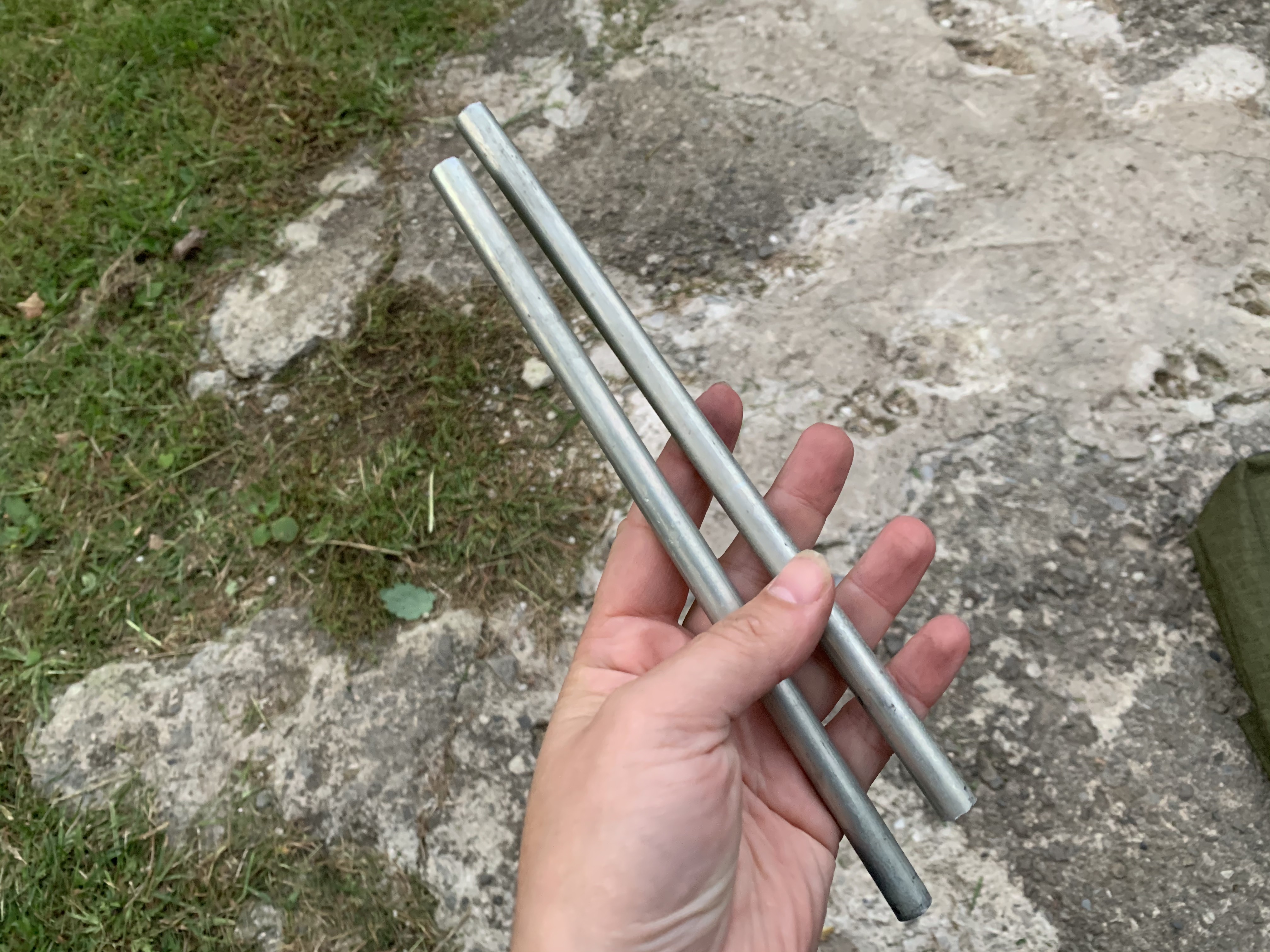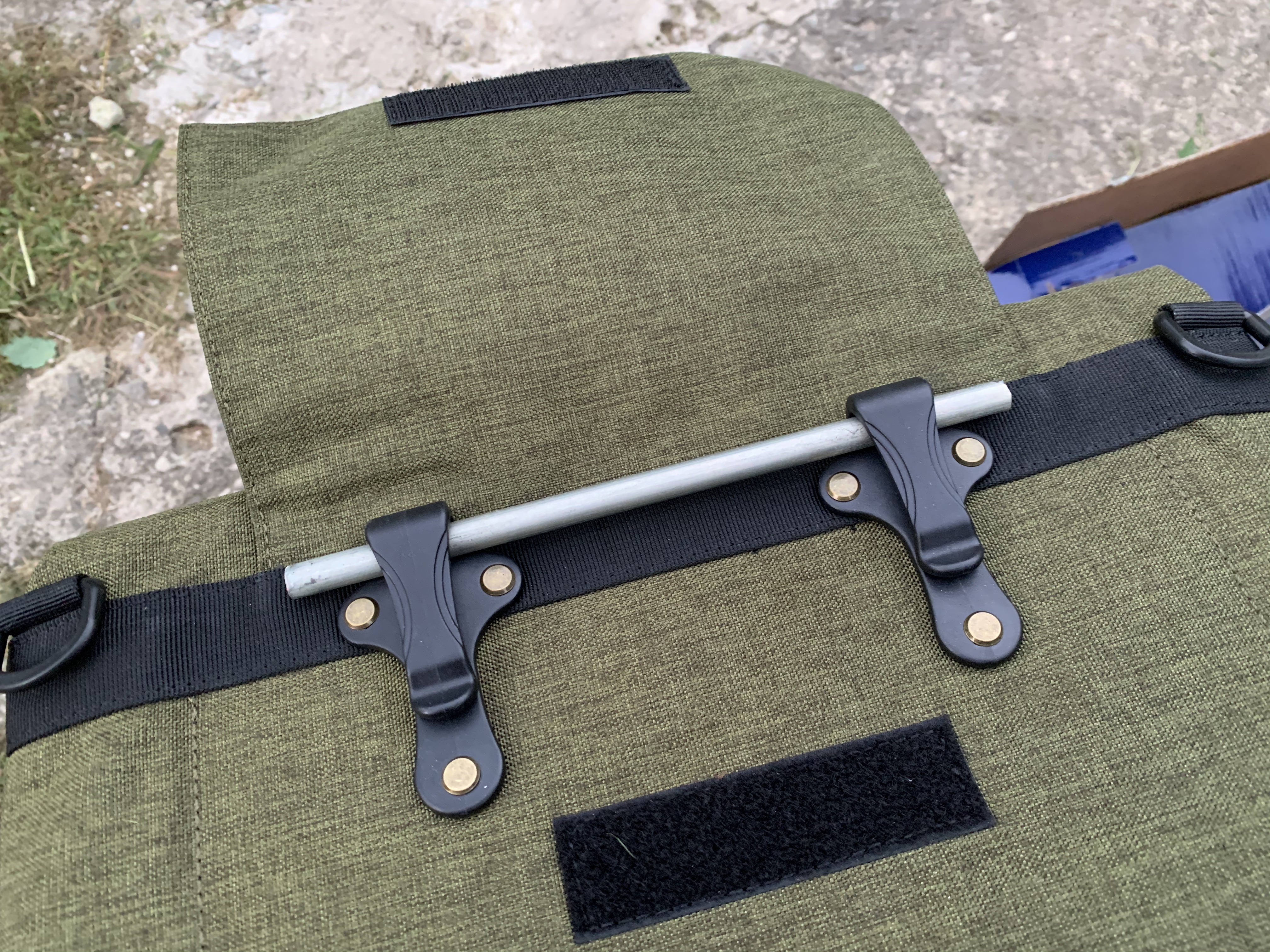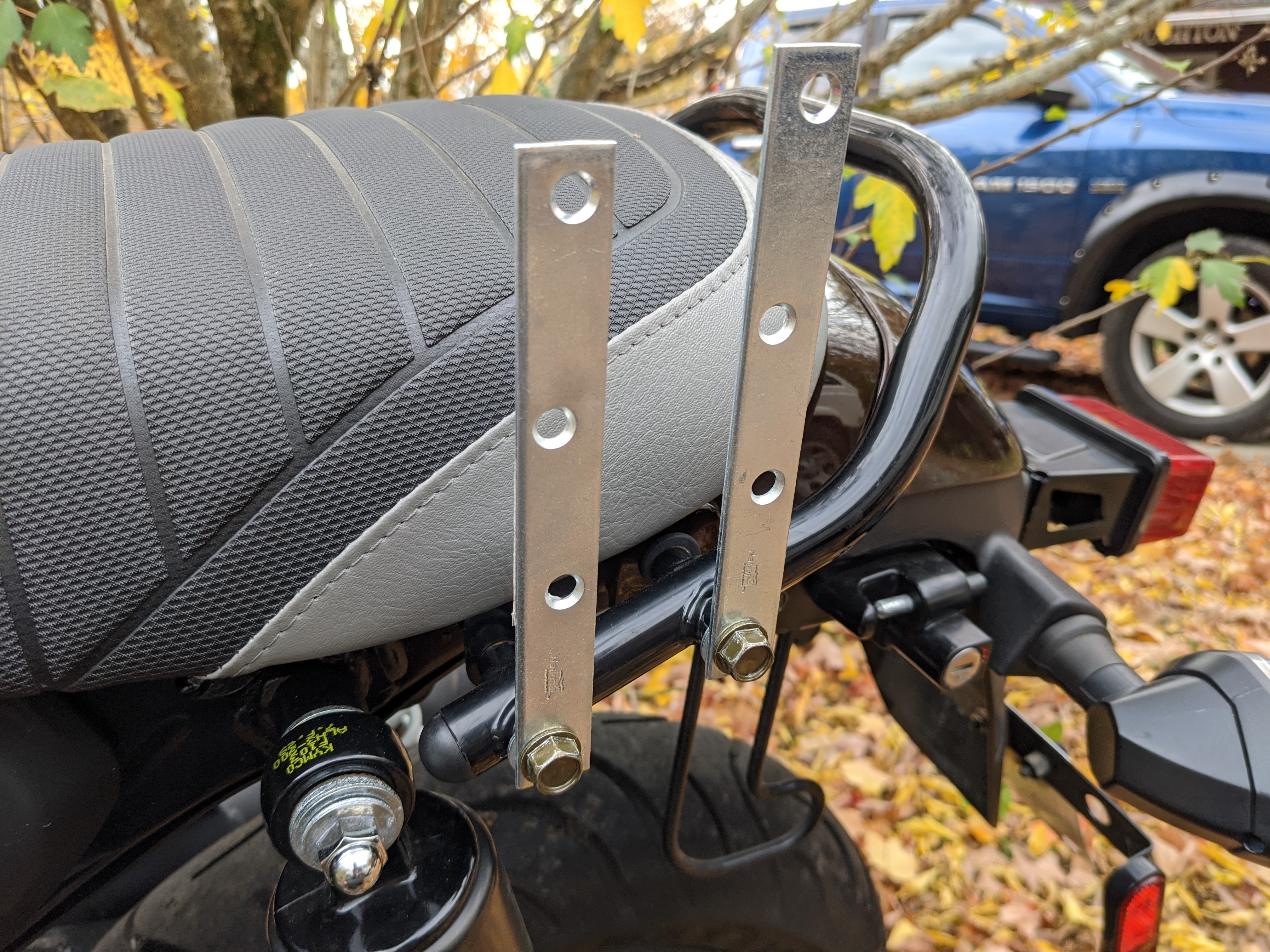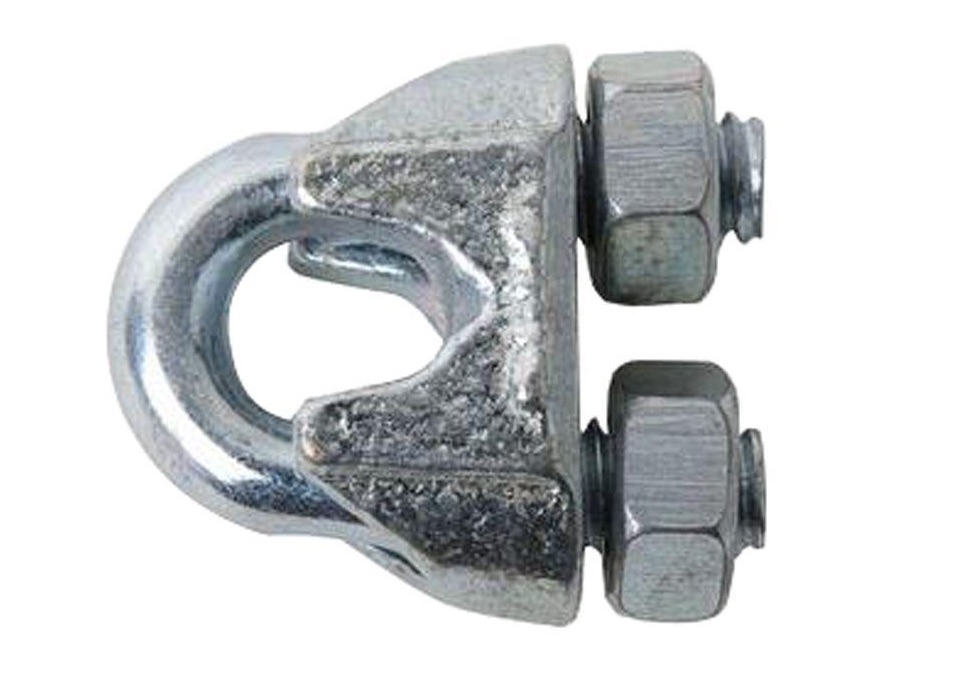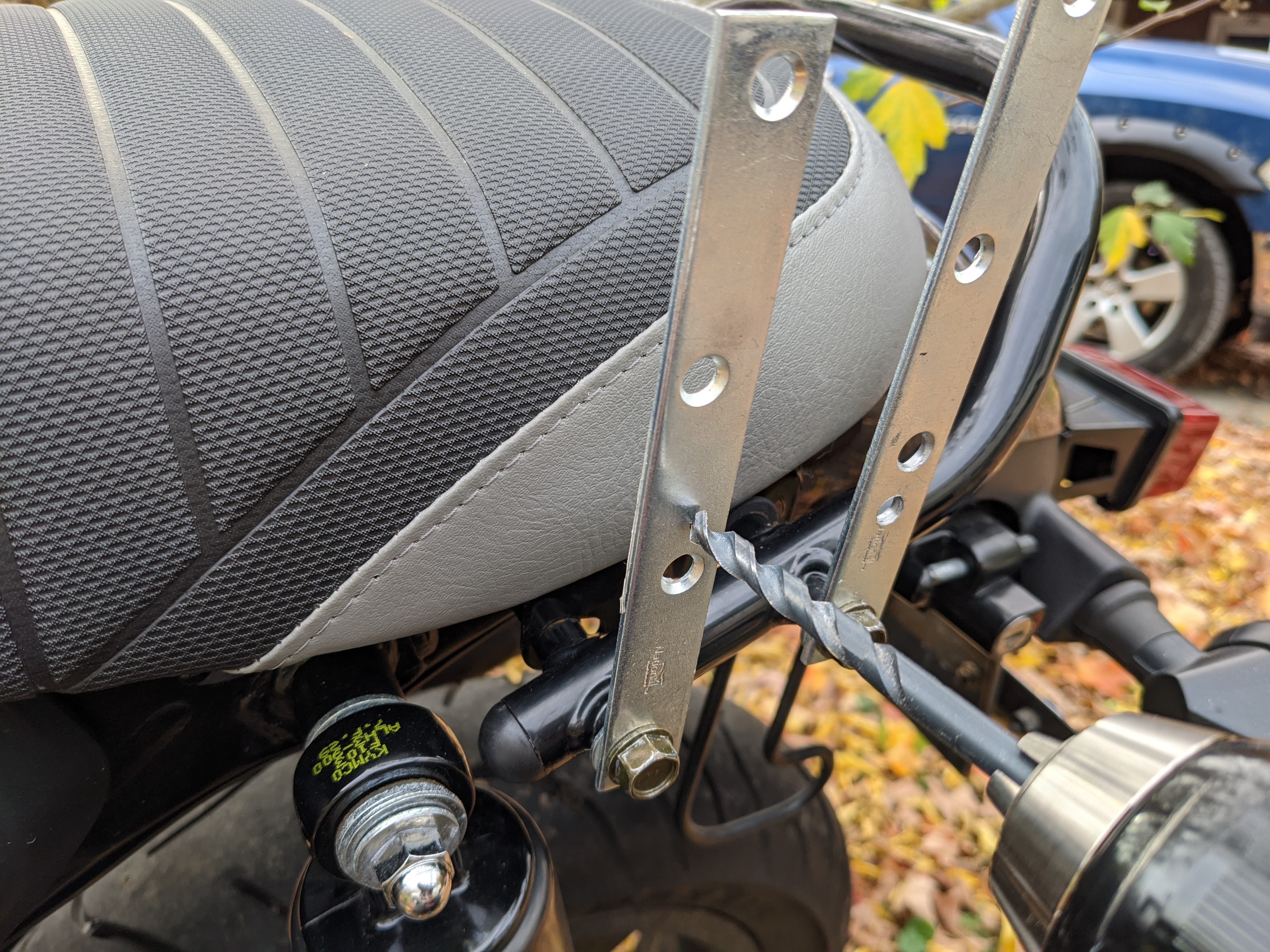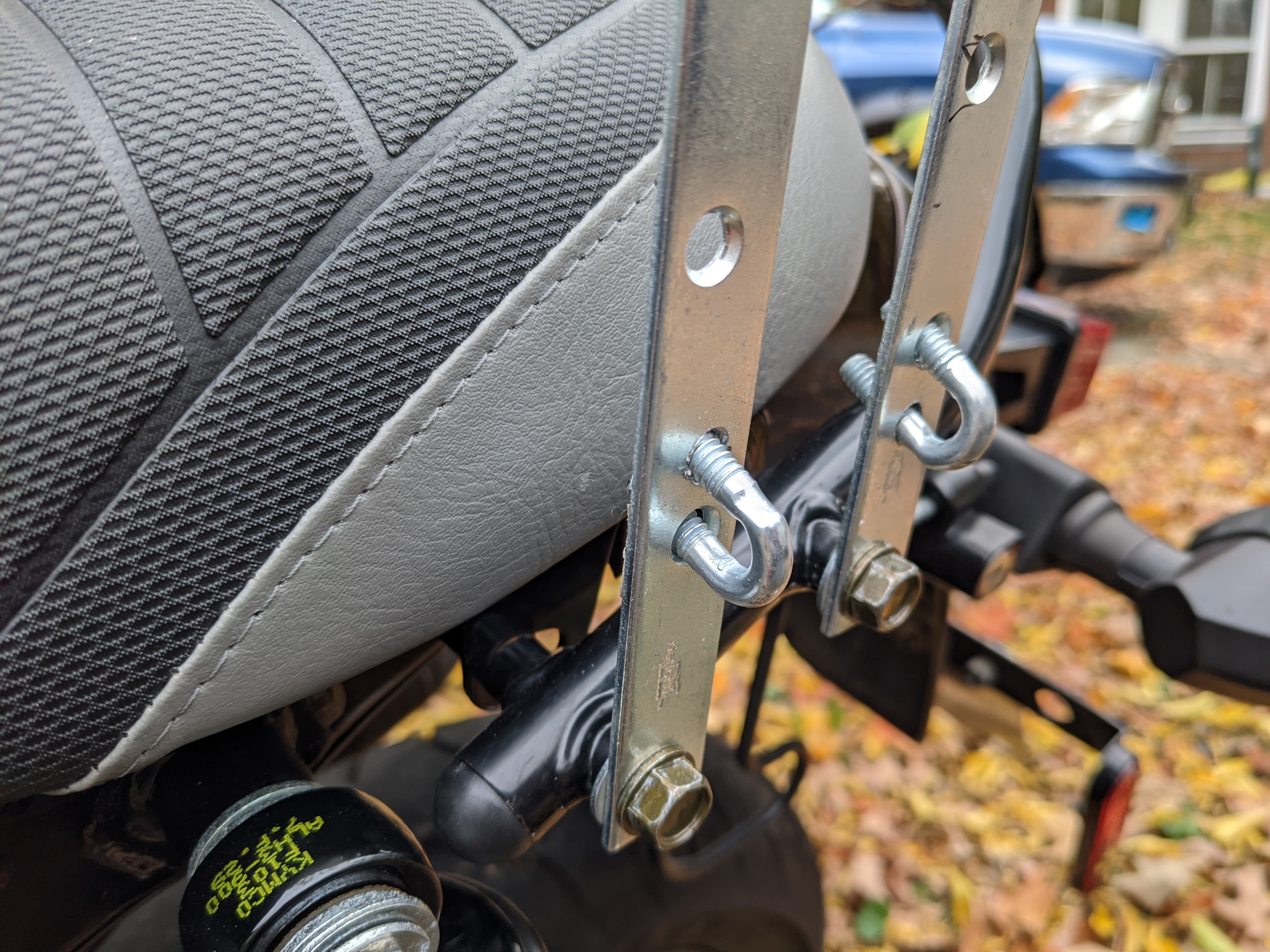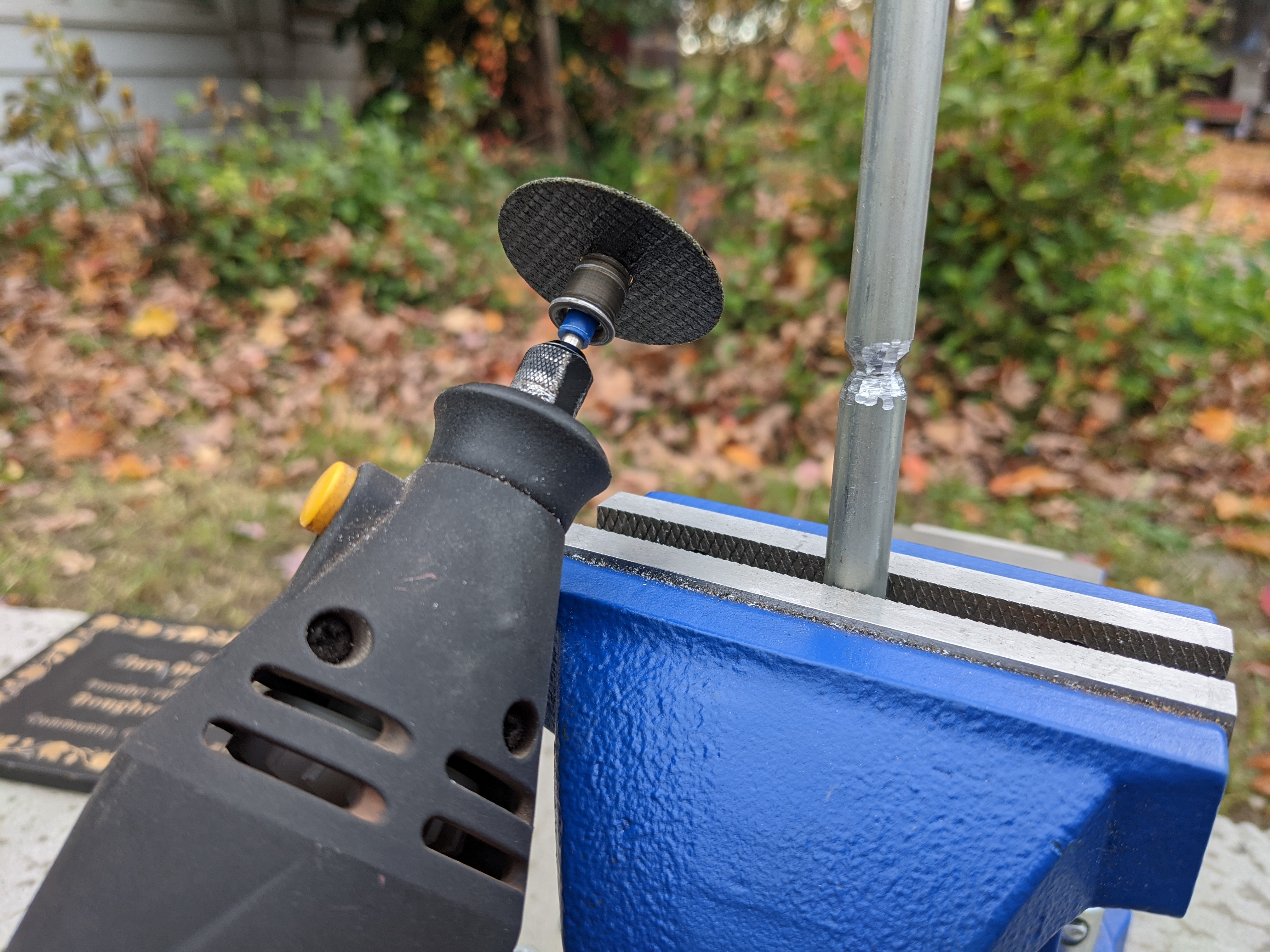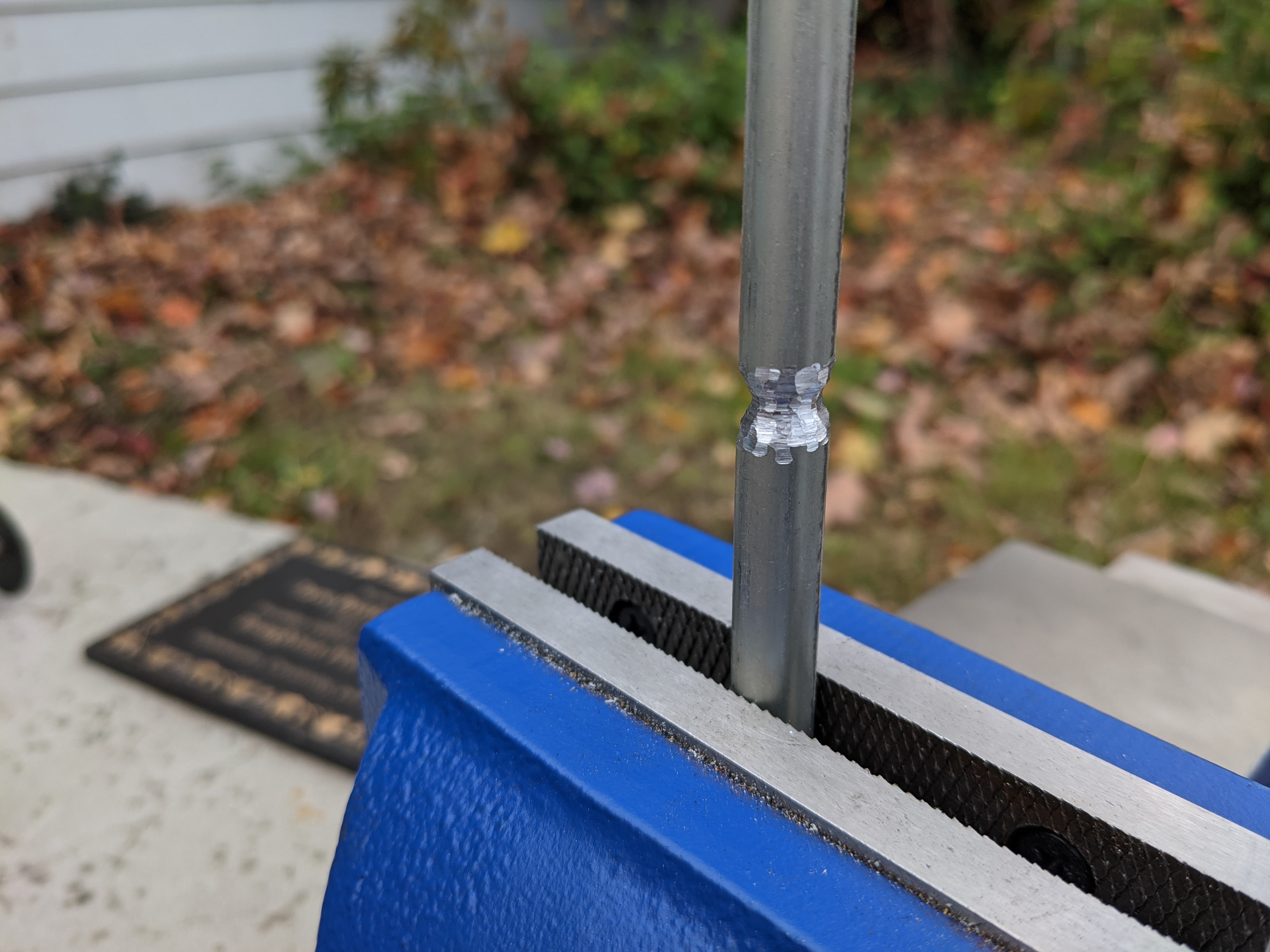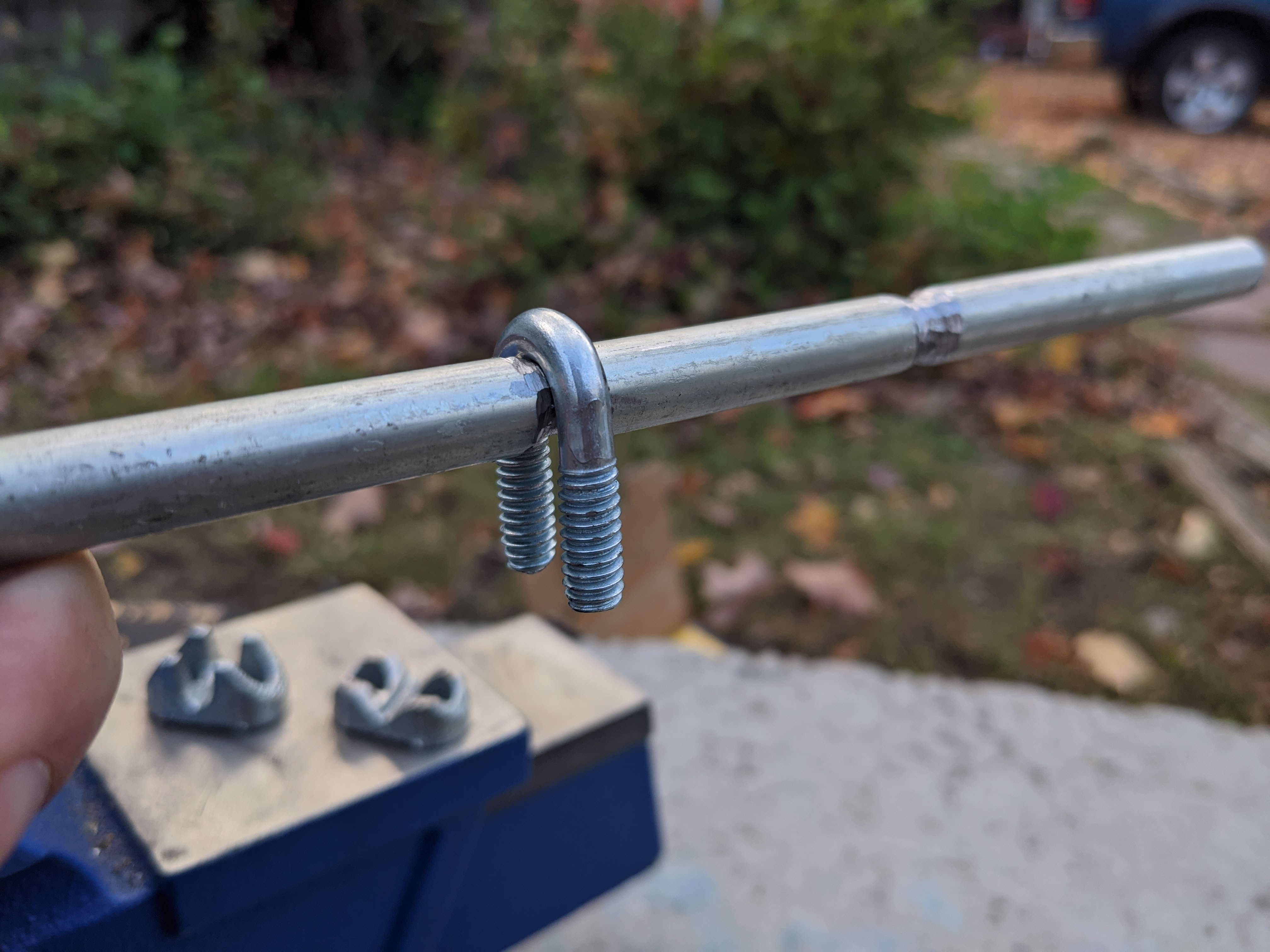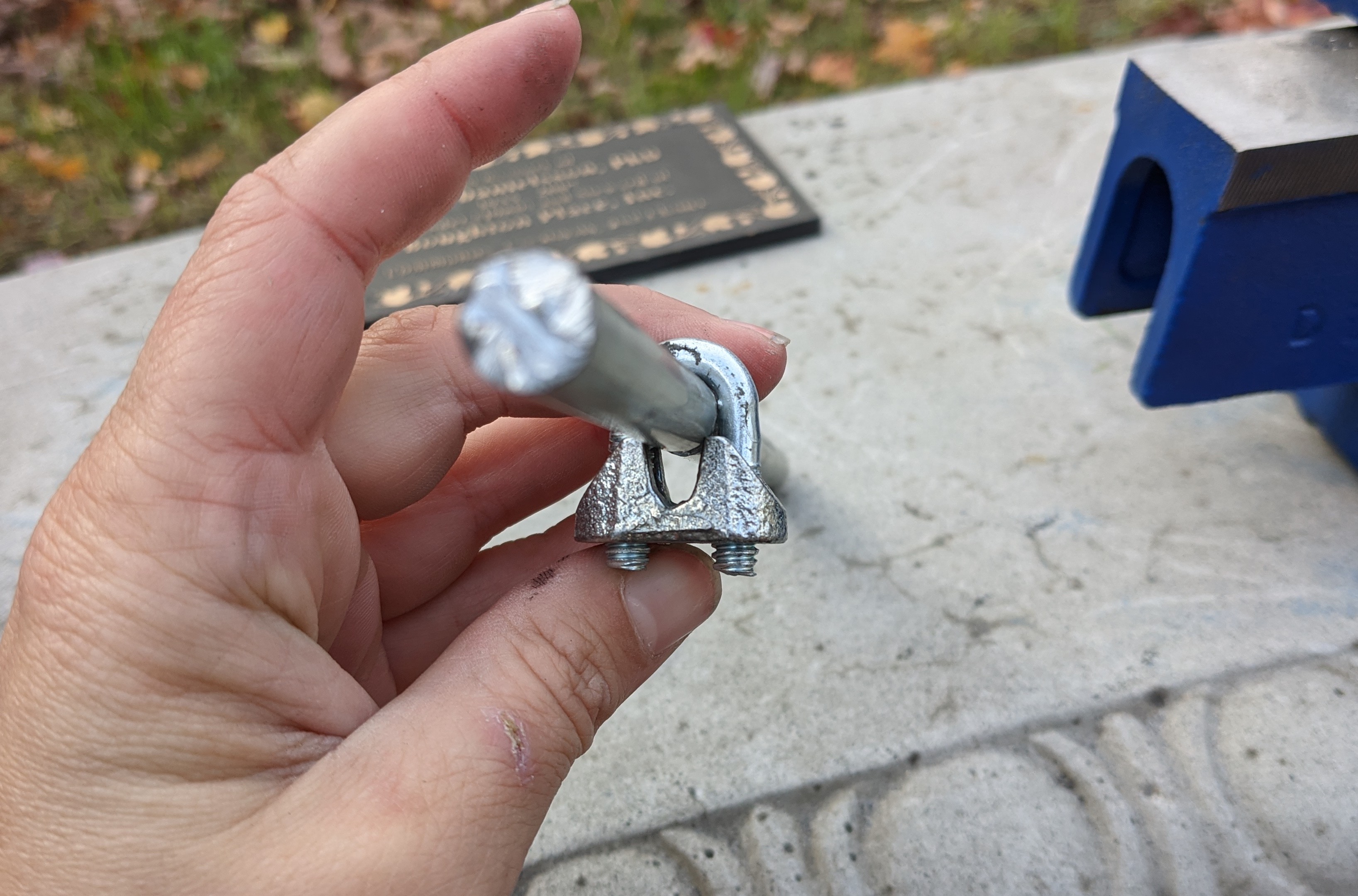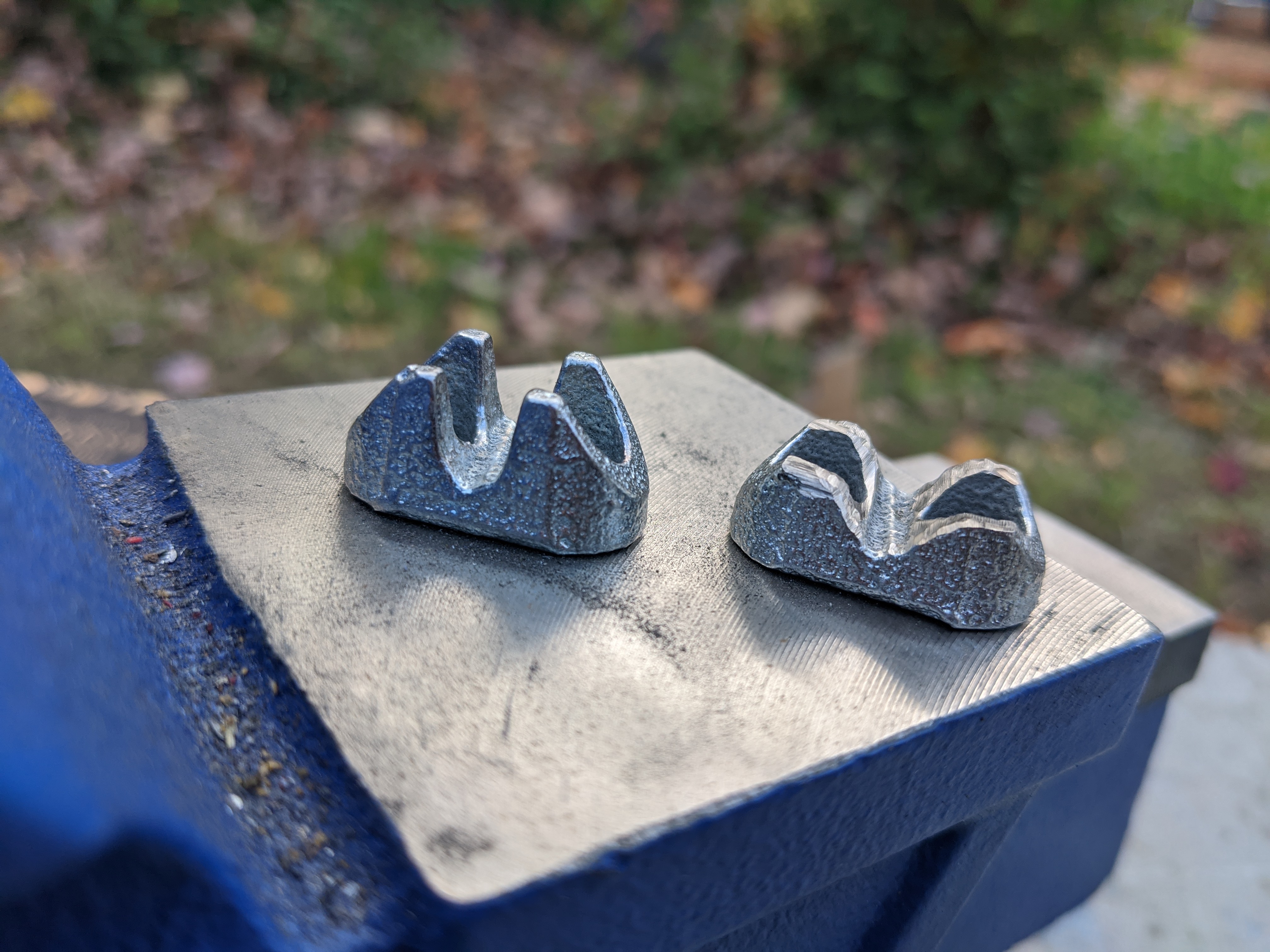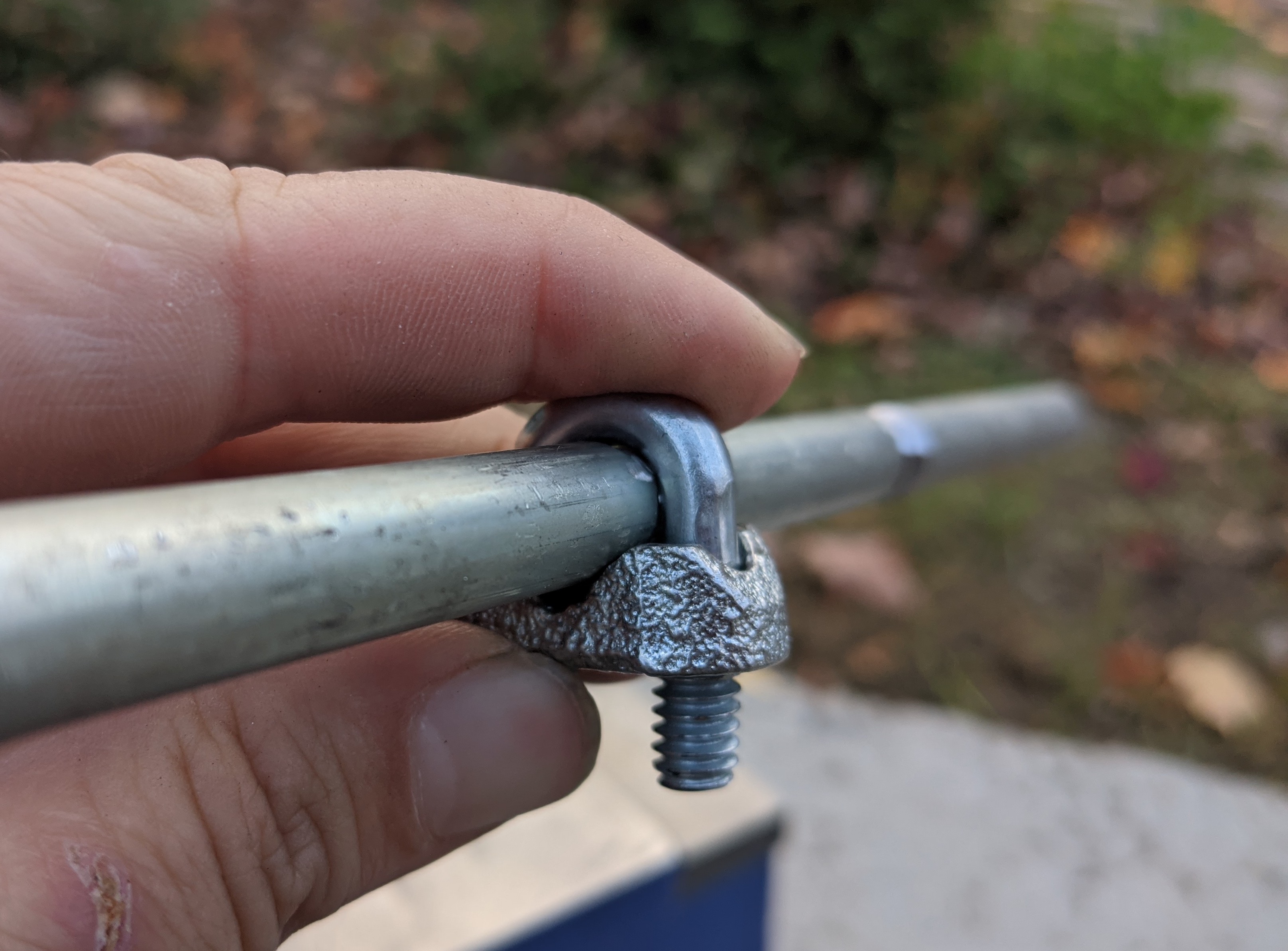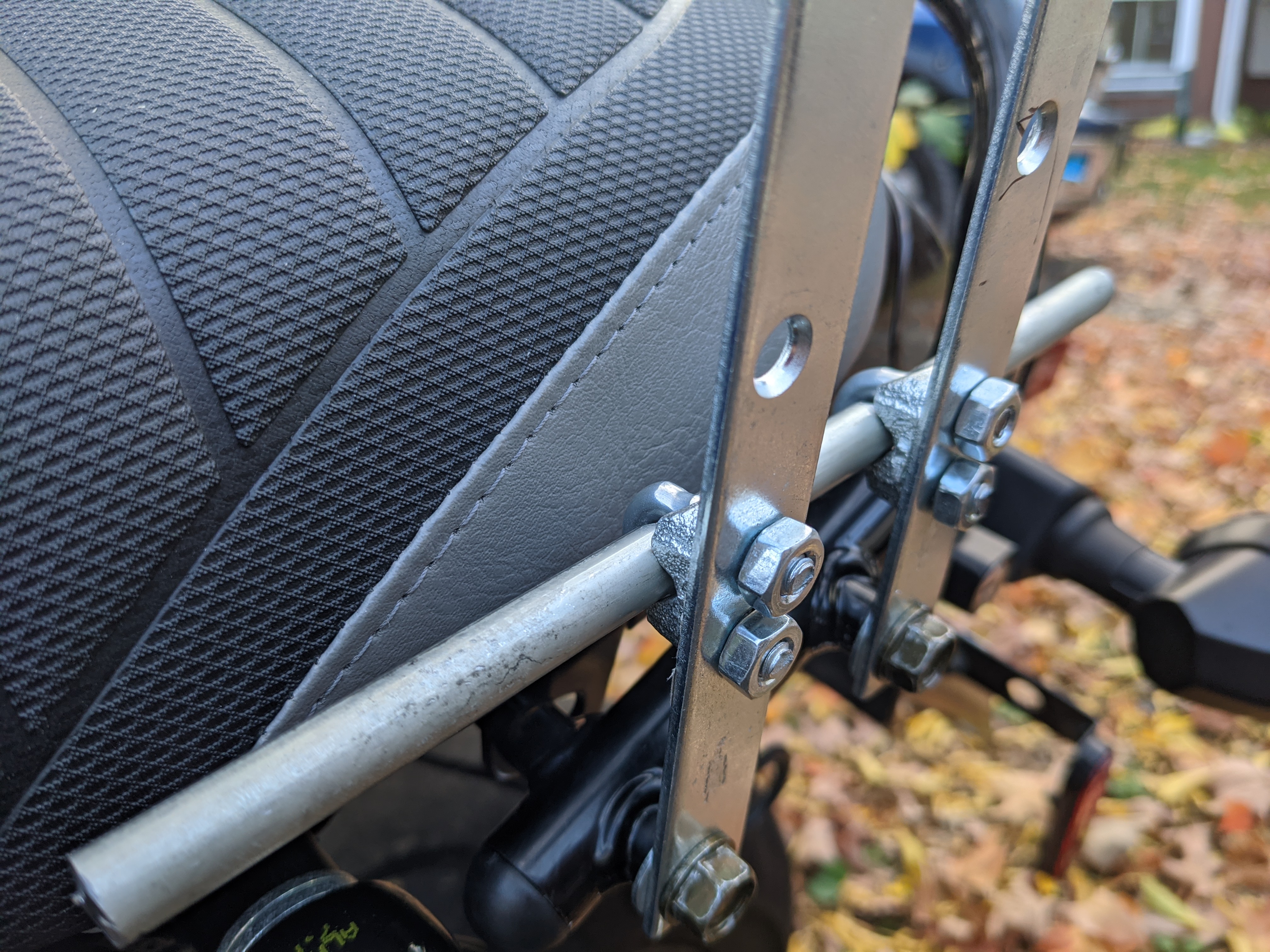Building a custom motorcycle rack for the Kymco Spade
So, I have this motorcycle. A Kymco Spade 150.
It’s a teeny little bike, 150cc, that looks like a toy when ridden by anyone taller than 5’4”, and it has a max speed of 65mph. It’s also my first motorcycle, and I absolutely love it.
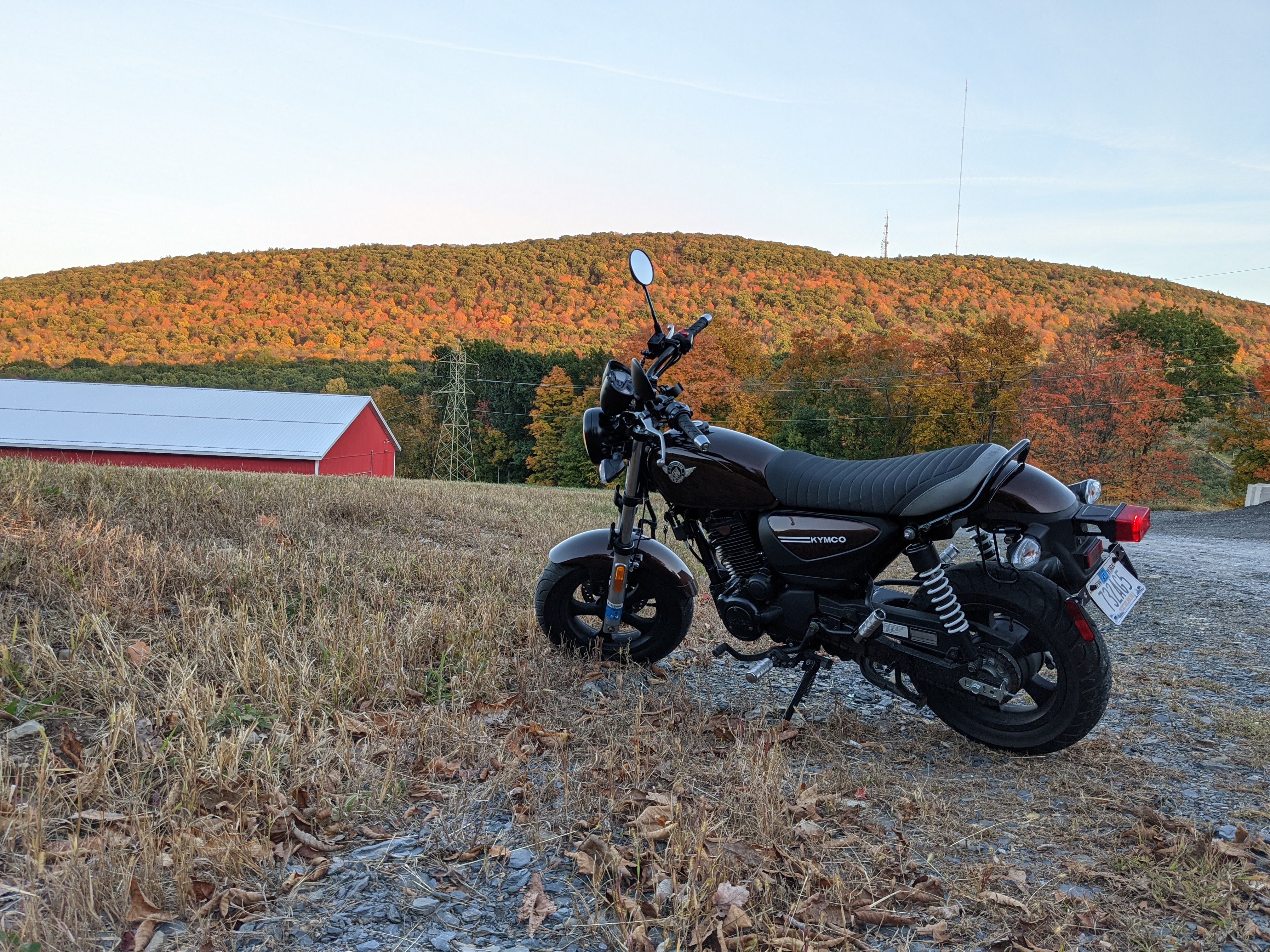
The Problem
I still wanted bags, though. I wanted to carry stuff.
I wanted saddlebags for it, but I ran into this problem. There’s no saddlebag nor luggage mounting rack for this bike in particular. Well, there is one that exists, but it’s unavailable for purchase.
So I bought these bicycle saddlebags and, in lieu of a proper attachment point, just strapped them down to back of the seat.
My bicycle bags actually came with clips, intended for clipping onto your bicycle pannier rack. I decided I would build a rack on my motorcycle for the bags to clip onto.
[picture of clips]
Materials
So I headed to Lowe’s to get materials. Here’s the final bill of materials:
- 6-in zinc mending plate 4 @ $2.14ea = $8.56
- 3/8-in x 3ft plated steel rod 1 @ $6.18e = $6.18
- 5/16-in locking washers 4 @ $0.20ea = $0.80
- 5/16-in flat washers 4 @ $0.14ea = $0.56
- 3/8-in wire rope clip 4 @ $1.48ea = $5.96
Grand total for materials: $22.06 (+tax)
Tools Required:
- Hex wrenches
- Drill
- Dremel
- Tabletop vise
Rod cutting
Plate mounting
With the rods fit into place, the next thing to do was to prep the zinc plates that would be used as the primary mount to the bike.
Rod grinding
Next was to get the rod to fit into the clips. Because I’m using 3/8in steel rod and 3/8in cable clips, the rod did not fit into that U-shape. But that’s okay, because if it did, it would have slipped around in there.
Saddle grinding
Next, I needed to adjust the saddle of the cable clamp. It was made for wire rope, after all. But for me, the default shape of the saddle was pretty much useless in securing the rod snugly.
Final touches
The final step was to tighten all the loose bits, and then finally, use the dremel once more as a cutting tool to remove the extra material on the top half of the mounting plates. I cut off the material, and then ground down and sanded what remained to be a smooth curve instead of any pointy bits that might dig into the legs of any bike passengers.
Here’s what the final product looked like!
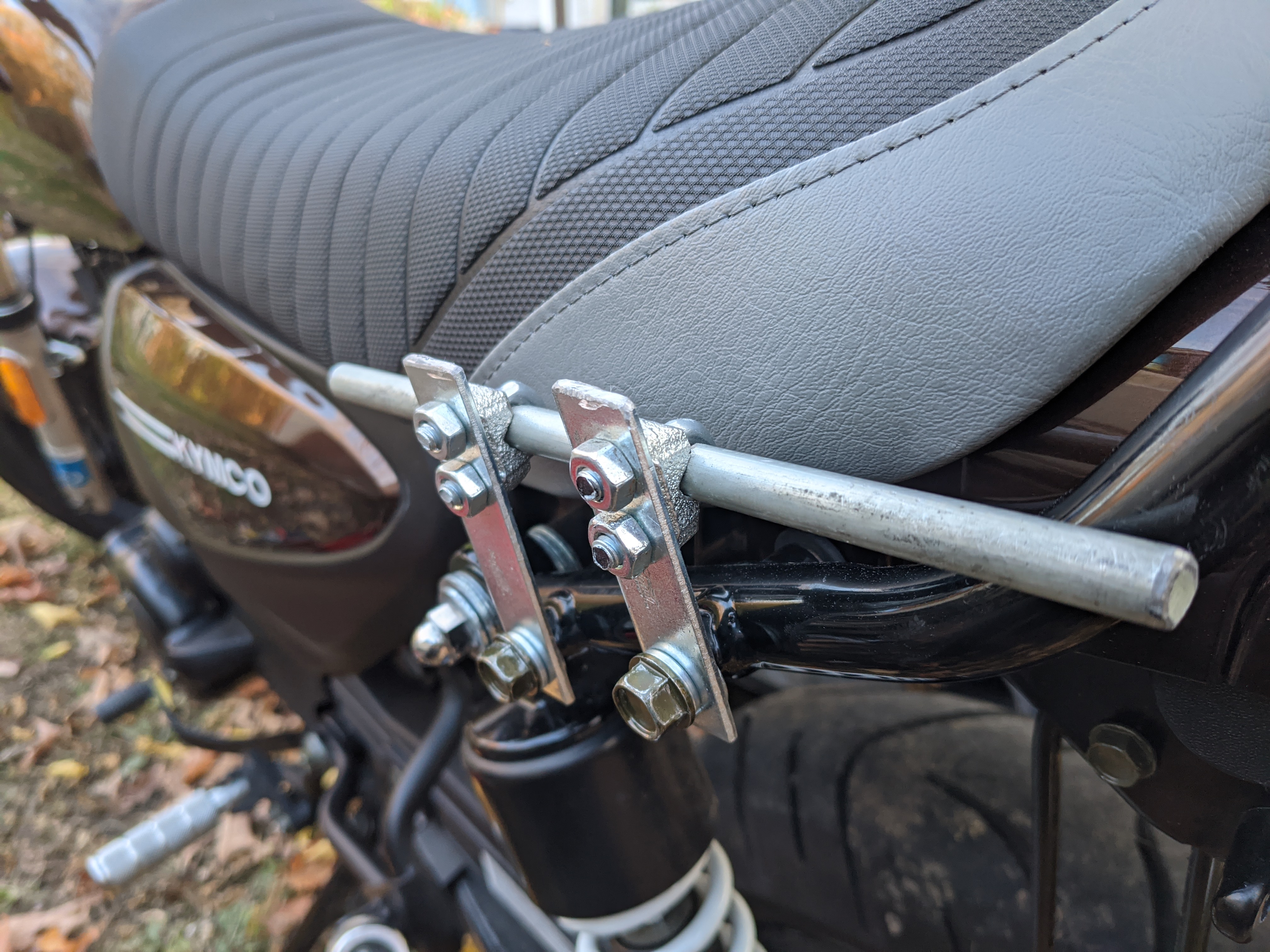
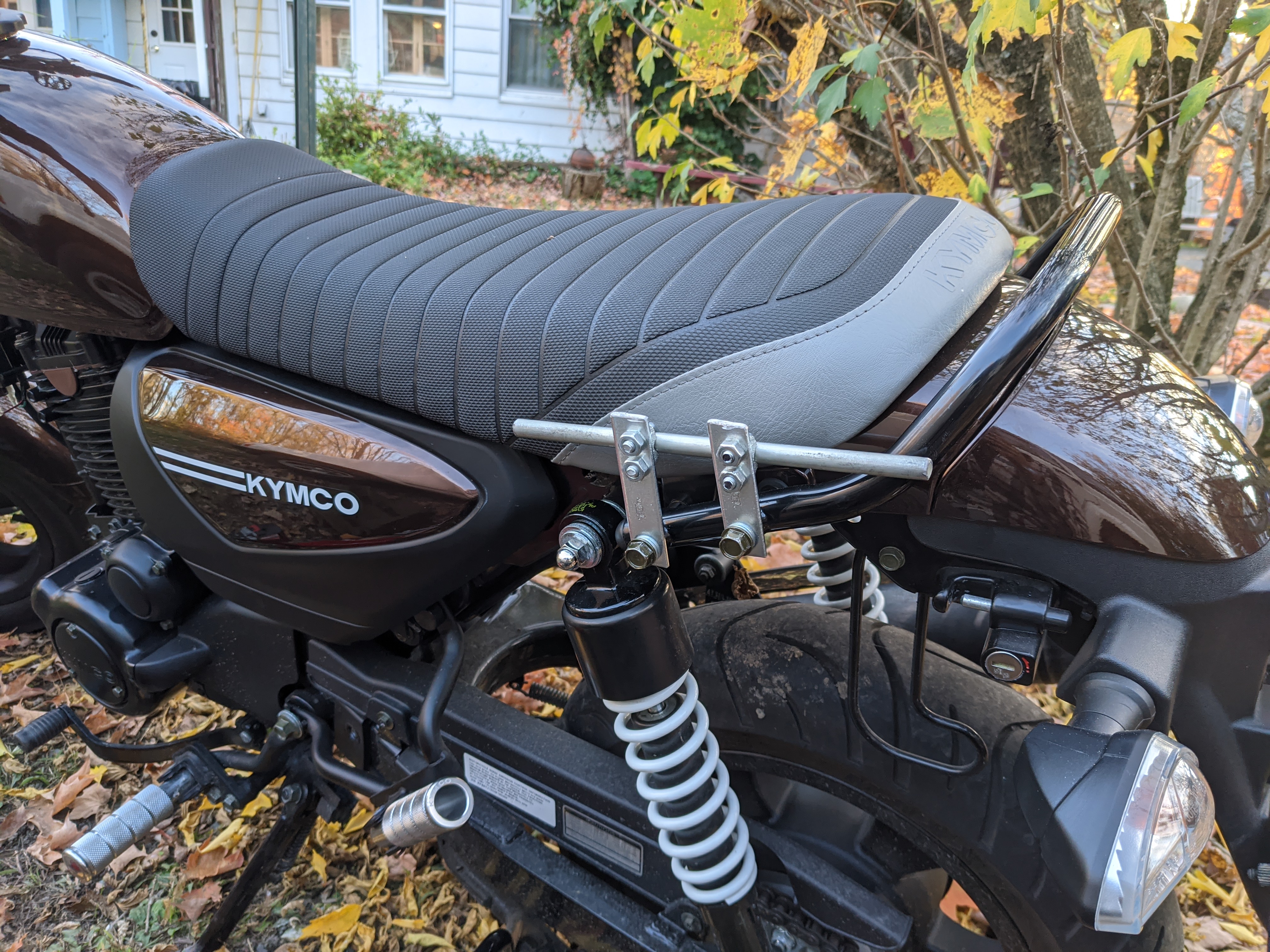
The End
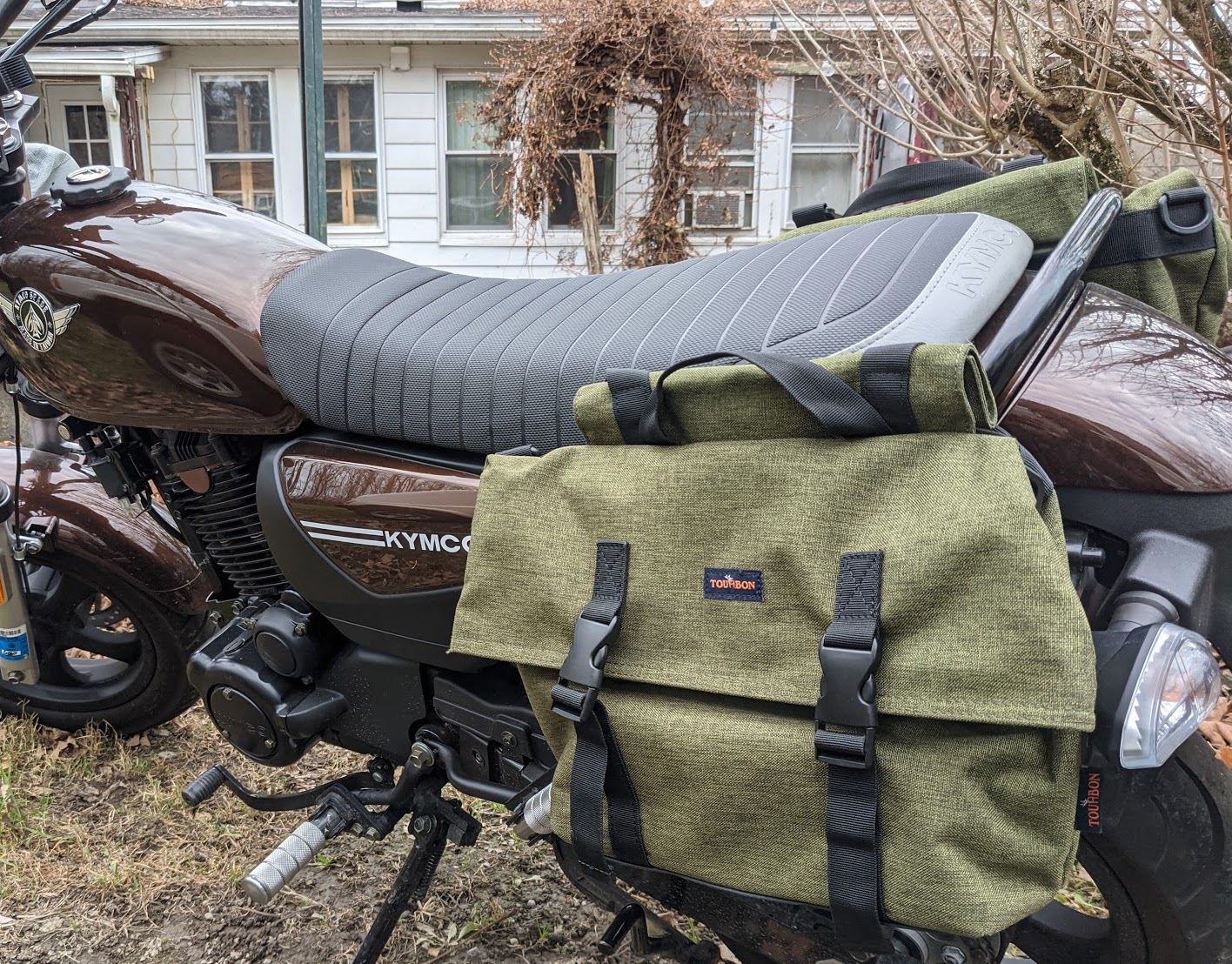
The final reflection: it works great! It’s so much easier to go shopping now when I can just snap the bags on and off the bike. Saddlebagging-up has gone from a period of minutes of strap management, to just a few seconds.
Best of all, the whole thing cost me $22 and two afternoons (one to do each side of the bike). How about that to compete with a $120 out-of-stock purchasable rack?
Thanks for reading!
